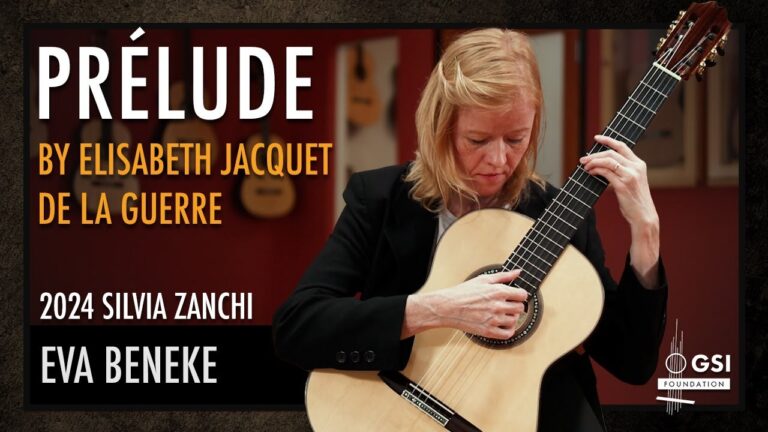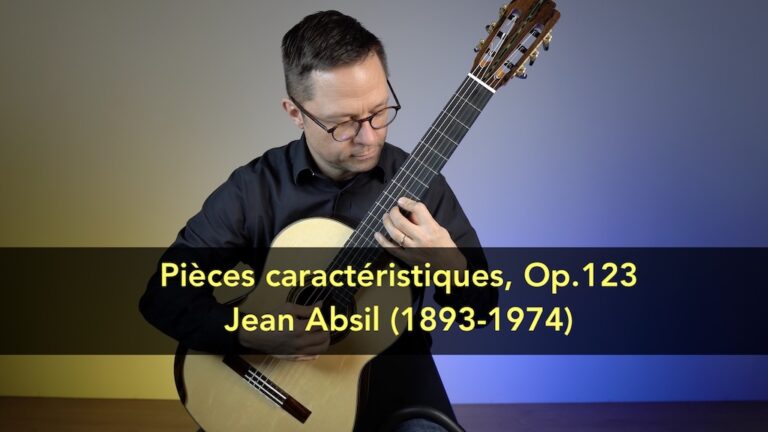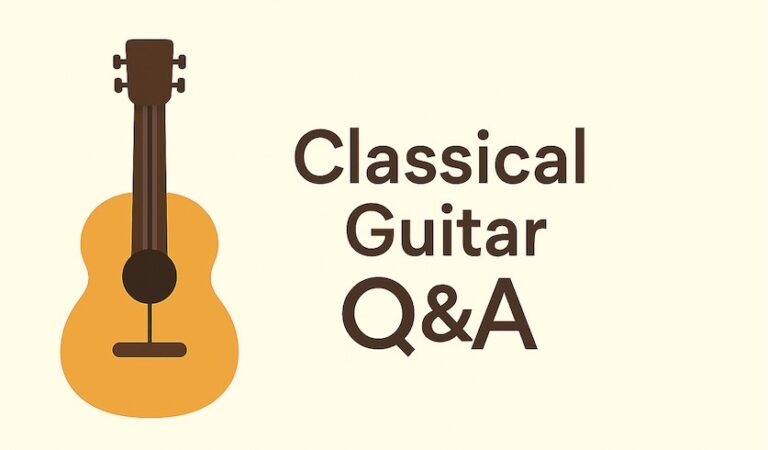
25 Melodic and Progressive Etudes, Op.60 by Matteo Carcassi (1796-1853) for Classical Guitar. PDF sheet music for Classical Guitar. Comes with both a notation edition with left hand fingering and a separate tab edition in the same pdf. Intermediate to Early-Advanced (Grade 5-9). This is a PDF download. 142 Pages.
My PDF Sheet Music Edition
Hardcopy Books via Amazon
- Amazon.com, Amazon.ca, Amazon.co.uk or your country’s Amazon.
Please note: Video performances and lessons are to be released gradually. Subscribe to the newsletter and join me on the journey.
The twenty-five etudes in Op.60 by Matteo Carcassi (1796-1853) are one of the most important pedagogical collections for classical guitar. The etudes are both enjoyable for their musical content and pedagogically beneficial for their very clear technical objectives. Compared to other etude collections, both period and modern, Op.60 excels in its tightly focused compositional adherence to didactic goals. For this reason the etudes are excellent studies for students to test their skills in a controlled musical setting and a right of passage from the intermediate to upper playing level.
Video Performances, Lessons, & Levels
The grades are completely subjective and depend on the chosen tempo and level of musical refinement. Therefore, the grade ranges below reflect only the technique required to play the work at a slow to moderate tempo regardless of the actual tempo of the etude.
- Performance Video of All 25 Etudes (Above)
- Performance: Carcassi Etudes No.1-25
- Lessons for Each Etude
- Etude No.1, Op.60 – Allegro (Grade 5-7)
- Etude No.2, Op.60 – Moderato con espressivo (Grade 5)
- Etude No.3, Op.60 – Andantino (Grade 5)
- Etude No.4, Op.60 – Allegretto (Grade 5-6)
- Etude No.5, Op.60 – Moderato (Grade 6)
- Etude No.6, Op.60 – Moderato (Grade 5-6)
- Etude No.7, Op.60 – Allegro (Grade 5-6)
- Etude No.8, Op.60 – Moderato (Grade 6)
- Etude No.9, Op.60 – Allegretto grazioso (Grade 6)
- Etude No.10, Op.60 – Allegretto (Grade 6)
- Etude No.11, Op.60 – Agitato (Grade 5-6)
- Etude No.12, Op.60 – Andante mosso (Grade 5-6)
- Etude No.13, Op.60 – Andantino grazioso (Grade 5-6)
- Etude No.14, Op.60 – Allegro moderato (Grade 5-6)
- Etude No.15, Op.60 – Allegro (Grade 5-6)
- Etude No.16, Op.60 – Andante (Grade 6)
- Etude No.17, Op.60 – Moderato (Grade 6-7)
- Etude No.18, Op.60 – Allegretto (Grade 5-6)
- Etude No.19, Op.60 – Allegro moderato (Grade 6-7)
- Etude No.20, Op.60 – Allegro brillante (Grade 7-8)
- Etude No.21, Op.60 – Andantino (Grade 7)
- Etude No.22, Op.60 – Allegretto (Grade 8)
- Etude No.23, Op.60 – Allegro (Grade 7-8)
- Etude No.24, Op.60 – Andantino con espressione (Grade 8-9)
- Etude No.25, Op.60 – Allegro brillante (Grade 9-10)
Promo and Samples

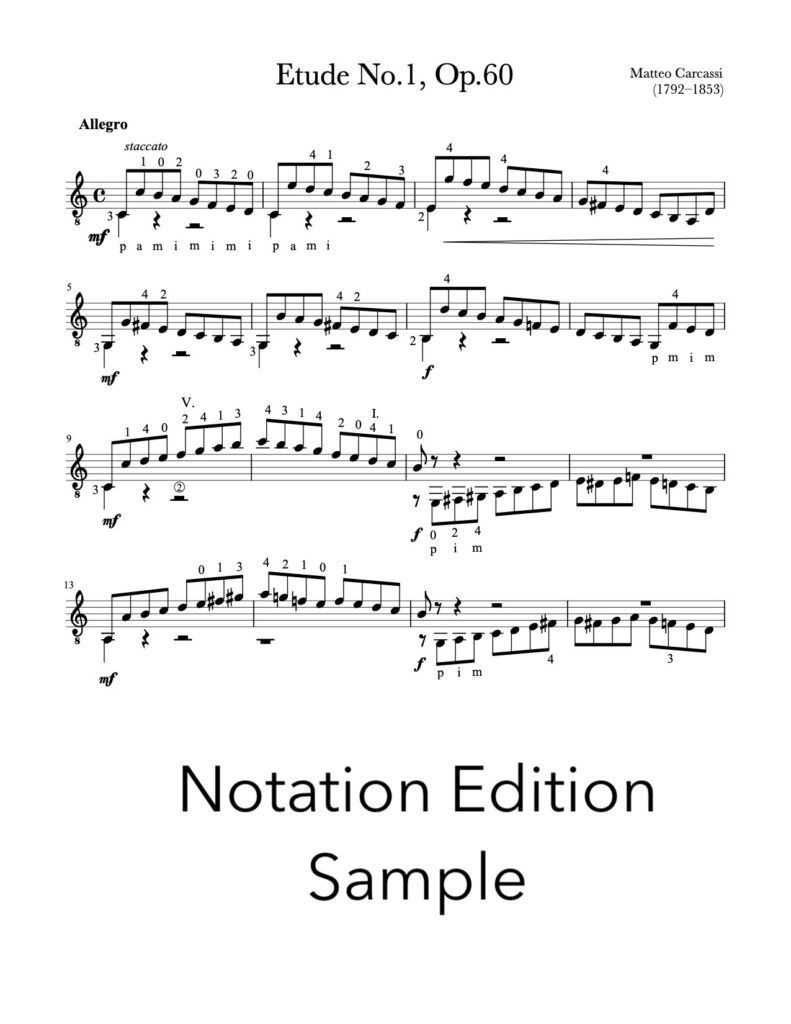

Hardcopy Cover
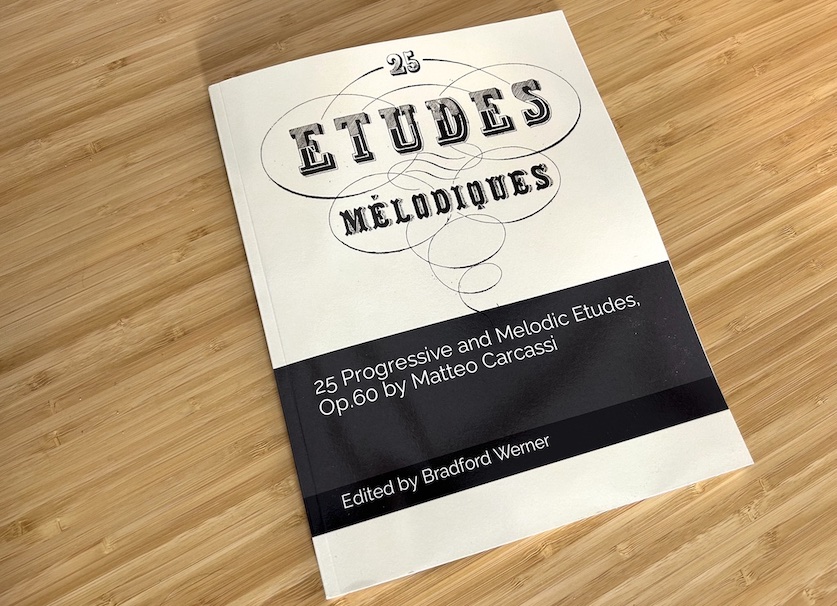
Study Opportunities for Each Etude
Etude No.1 is at a minimum technique level of around Grade 5-7. It is an excellent introduction to the collection giving the student a change to present melodic scale passages with voice exchange, arpeggios, muting, and shifts.
Etude No.2 is at a minimum technique level of around Grade 5. It is an excellent study of arpeggios followed by repeated notes. I recommend using m-a for the repeated notes as an opportunity of strengthen that finger grouping. The etude is also useful for working on micro and macro dynamic phrasing.
Etude No.3 is at a technique level of around Grade 5. It is an excellent study of high melody with arpeggio accompaniment. The etude is also useful for working on moving chord shapes and micro-phrasing with the strong-weak resolutions of non-chord tones.
Etude No.4 is at a technique level of around Grade 5-6. It is an excellent study of arpeggios mixed with descending slurs (pull-offs). This is a great didactic study and good for the left hand alignment since you’ll be playing slurs with fixed fingers on other strings.
Etude No.5 is at a technique level of around Grade 6. It’s a great study of two voice interaction, arpeggios, and chord shape management. With a few specific techniques in the right and left hand, this etude represents a small jump in level compared to the previous studies.
Etude No.6 is at a technique level of around Grade 5-6. It’s a great study for two-voice independence, right hand thumb work, musical balance and control over a simple texture.
Etude No.7 is at a technique level of around Grade 5-6. It’s a great study for repeated notes and arpeggios as well as offering an opportunity to increase your tempo to an exciting tempo. This is not a tremolo piece in the guitar sense despite the repeated notes and it is likely Carcassi just repeated i-m but almost all modern guitarist use i-m-a making it an opportunity to develop that technique.
Etude No.8 is at a technique level of around Grade 6. This etude presents study opportunities for arpeggios, slurs, and chord shape management. A deceivingly simple etude at first but putting all those techniques together can be difficult to play with refinement and clean polishing at the final stages.
Etude No.9 is at a technique level of around Grade 6. This etude presents study opportunities to work on melodic ascending and descending slurs (hammer-ons and pull-offs) and shifts as well as a mix of extroverted excitement but with a classical refinement.
Etude No.10 is at a technique level of around Grade 6. This etude presents study opportunities to work on fixed intervals such as thirds and sixths along with ascending and descending slurs (hammer-ons and pull-offs) as well as chord shapes along with shifts. The fixed fingers mixed with the slurs make it an excellent study for the left hand and the uniform texture is a quintessential didactic study by Carcassi.
Etude No.11 is at a technique level of around Grade 5-6. This etude presents study opportunities to work on quick voice exchanges along with muting strings for a controlled and consistent musical texture.
Etude No.12 is at a technique level of around Grade 5-6. This etude presents study opportunities for arpeggios with shifting chord shape management. It also has some melodic content to musically manage as well.
Etude No.13 is at a technique level of around Grade 5-6. This etude presents study opportunities for arpeggios with repeated notes. It’s a nice piece to work on clean left hand shifts and refinement of your right hand movements.
Etude No.14 is at a technique level of around Grade 5-6. This etude presents study opportunities for melodic scale runs along with sustained bass notes. My advice is to practice it quite slowly with nice phrasing and melodic contours before picking up tempo and dealing with the relentless sixteenth note runs. Relaxing even a little at the ends of larger phrases really helps the musicality but also gives a sense of relief to the constant rhythm.
Etude No.15 is at a technique level of around Grade 5-6. This etude presents study opportunities for an arpeggio texture with melodic figuration in the upper voice. I recommend practicing this work with both block chords in the left hand to learn the overall shapes and then getting the bass note finger first to work on legato connection. You can use a metronome at first to make sure you are able to navigate the shifts but then start turning it off and adding more phrasing and phrase-related rubato to bring the piece to life through its harmonies.
Etude No.16 is at a technique level of around Grade 6. This etude presents study opportunities for very clear high melody with chord accompaniment. Unlike most etudes in this collection this one is completely about the melody. So work on the melody on its own and get the phrasing and dynamic shaping first. Then add the accompaniment but be sure to play it softer than the melody which should be the prominent voice.
Etude No.17 is at a technique level of around Grade 6-7. This etude presents study opportunities for dyad intervals for octaves, 3rds, 6ths, 10ths and more. I recommend practicing the left hand dyad shapes in solid and broken form. It’s a real workout at any tempo offering lots of finger independence and shift accuracy in the left hand. The right hand is also a study in thumb accuracy as it jumps from string to string.
Etude No.18 is at a technique level of around Grade 6. This etude presents study opportunities for melodic passages mixed in with arpeggios and muted textures. It also presents a fair amount of shifts and other accuracy issues to work on. The grade level really varies here depending, in particular, on the tempo. I recommend you first practice the upper melodic lines on its own. Also create some muted exercises to establish the muted bass figures in your muscle memory. Then put it all together and work on raising the tempo while retaining accuracy and musical flow.
Etude No.19 is at a technique level of around Grade 6-7. This etude presents study opportunities for upper melody with arpeggio accompaniment and bass. The musical balance of a prominent melody, supported bass, and soft accompaniment should be emphasized with slow initial practice.
Etude No.20 is at a technique level of around Grade 7-8. This etude presents study opportunities for triadic arpeggios, left and right hand accuracy, right hand string crossings, RH thumb sweeps, shifts and more. I graded this etude based on its short length and lack of awkward fingerings but at faster tempos with more refinement this etude presents very significant challenges that can be considered quite advanced even at the professional level.
Etude No.21 is at a technique level of around Grade 7. This etude presents study opportunities for grace note slurs, upper melody, and accurate chord shape shifts. The particular challenge here is maintaining relaxation and clean slurs while jumping in and out of chord shapes across the neck.
Etude No.22 is at a technique level of around Grade 8. This etude presents study opportunities for scales and arpeggios in an active texture along with some slurs. The necessity of playing across all six strings and the amount of movement and shifting around the fretboard puts a particular emphasis on accuracy and technique maintenance in both hands. Simply put, the opportunity for small performer error is high in part due to the constant sixteenth note rhythm. That said, outside of a few tricky measures there is nothing specifically awkward outside of overall technique coordination. Enjoy.
Etude No.23 is at a technique level of around Grade 7-8. This etude presents study opportunities for slurs, active melodic lines, fretboard navigation with shifts, and mental focus. There is nothing particularly difficult about this etude in terms of awkwardness but the allegro tempo marking makes the constant exploration of the fretboard an opportunity for error. That said, with consistent practice and familiarity with the shifts, the etude is very satisfying and a great opportunity to test your essential skills at faster tempos.
Etude No.24 is at a technique level of around Grade 8-9. This etude presents study opportunities for phrasing and dynamic shaping along with numerous other techniques from grace notes, glissandos, and more. The main difference we see in this etude is an increased maturity to the overall composition. Carcassi is leaving behind the didactic uniformity of previous etudes and now tests your musical skills in a slightly longer form work. Although there is nothing too difficult or awkward about this etude there is a lot of navigating the fretboard and many chord shapes to know. Therefore, increased study and time is needed to know the composition as a whole.
Etude No.25 is at a technique level of around Grade 9-10. This etude presents study opportunities for triadic arpeggios, scales, slurs, shifts, and general intensity of fretboard navigation. All the techniques in this etude has been presented in the previous etudes but here they are combined into a continuous sixteenth note experience. The allegro tempo marking in combination with triadic arpeggios traversing the fretboard make this a relentless and challenging work at faster tempos. Individual measures do not present anything too difficult or awkward but a thorough knowledge and memorization component is essential to performance.

